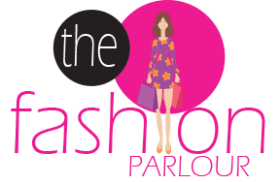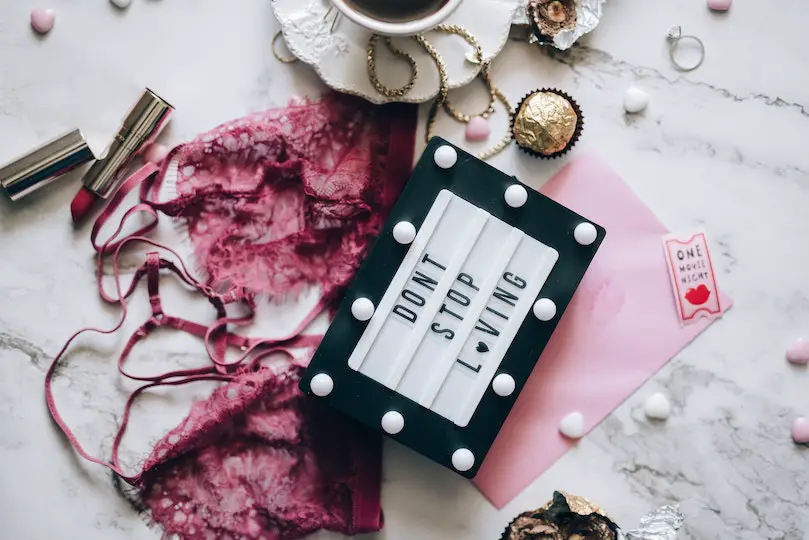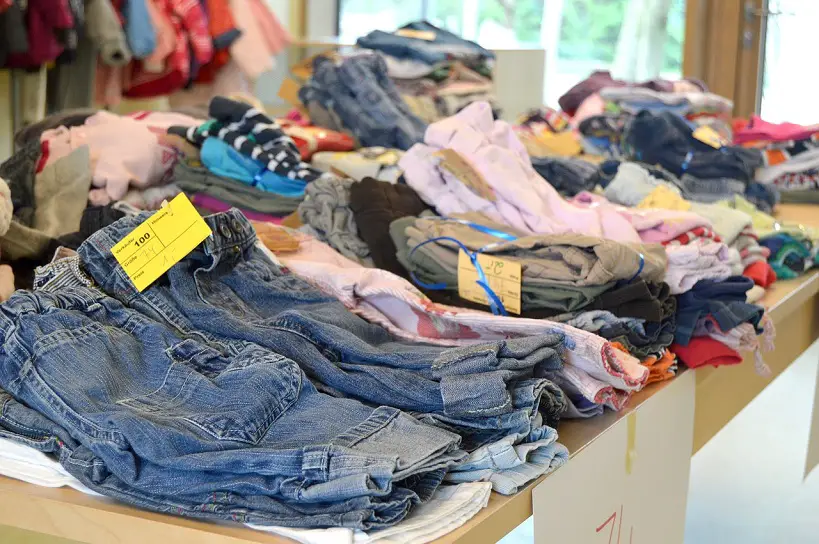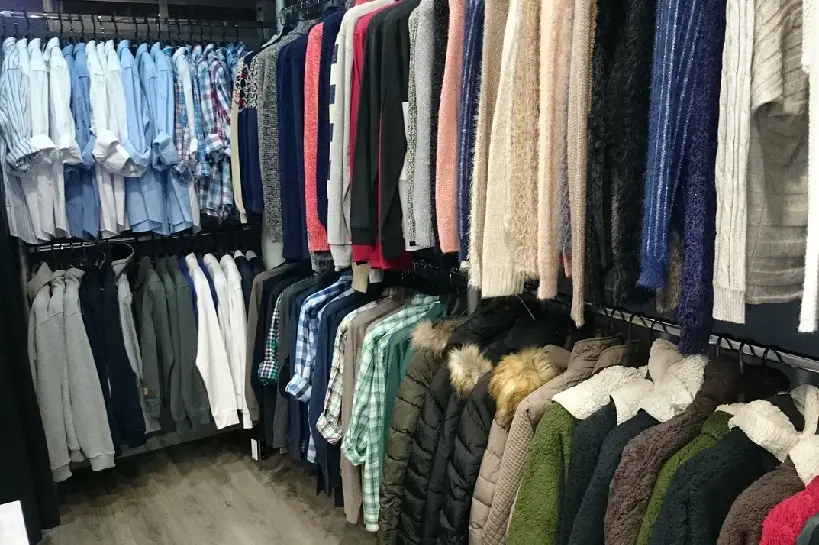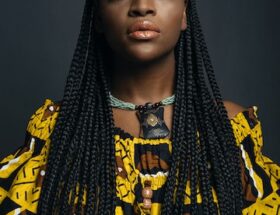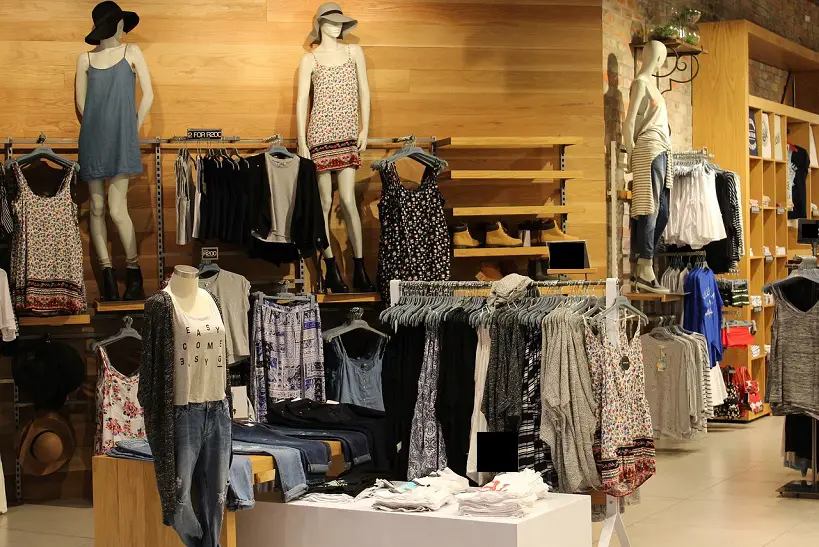The five most important steps towards getting your fashion blog up:
- Choose a domain
- Get web hosting
- Get website design services
- Search engine optimization
- Content creation
What is a Domain?
A domain is an online address your audience will use to locate your fashion business blog. For example, The Fashion Parlour’s domain name is thefashionparlour.com. Each blog/website has a unique domain. A domain name has a Top-Level Domain (TLD) and a second-level domain. A TLD is to the right of the dot, and the latter is to the left. So, can you tell the TLD of thefashionparlour.com?
When choosing a domain name:
- Short is better because it is memorable.
- Short is better because it is less prone to grammatical errors.
- Avoid generic names because they say little about your brand.
- Use your name if it is a personal brand (it has worked for thousands of fashion bloggers).
- Use a keyword that says something about your brand, if possible.
- Avoid hyphens because only a few internet users will remember.
.co.ke or .com? The Best (TLD) Extension for Your Blog
To target a Kenyan audience, a .co.ke extension is ideal. However, for international appeal, get a .com extension. There are many arguments about which extension is most appropriate, and it seems more companies are opting for a .co.ke domain in Kenya.
Sometimes, the .co.ke or the .com extension of your preferred domain name may not be available. You might have to tweak your domain name slightly. For instance, add the before your domain name.
Should You Buy All the Extensions of Your Domain Name?
When looking for an ideal domain for your upcoming fashion blog, you might find that it is available in several extensions, such as .com, .co.ke, .net, and .org. Should you buy all of these extensions?
In Kenya, the most popular extensions are .com and .co.ke. But, you should consider buying other extensions when your brand grows because the entry of a competitor with a similar domain can reduce traffic to your website when your brand grows. It also gives you control of your online reputation for that domain name.
Is Your Preferred Domain Available?
Search on whois.net to know whether your domain name suggestions are available. You will also get information about the extensions available.
How to Host Your Blog
After registering a domain, you need hosting services. That is where you store website pages on the internet from where they can be accessed and made available through the World Wide Web. Web hosting companies in Kenya include Sasahost, Kenya Website Experts, and HostPinnacle. They have different payment plans and packages.
Most web hosting packages have annual payment plans. Read between the lines to avoid paying more for a package you would get at a lower price elsewhere. In addition, check reviews from customers and ask around about the quality of service and the client support system.
The best hosting packages offer a free domain name for extensions like .com, .net, .org and .biz. Also, compare features added to the hosting package. For example, will you have unlimited email accounts and unlimited sub-domains?
Here is a place for you to compare all web hosting packages offered in Kenya. The Kenya Network Information Centre ( KENIC) lists all licensed registrars. See the list. One of the affordable options, the one that hosts this blog, is Host Pinnacle.
Get the Best Web Design Services
Once you host your domain, it is time to design the website.
A mock-up helps you explain the design you want. Your mock-up does not have to be a professional layout of the website. Make it user-friendly if you want your audience to linger in it long enough for you to sell your products.
Additionally, your website should be navigable, appealing and with an ideal loading speed. You must be cautious about loading speed for image-heavy blogs. Additionally, you need a mobile responsive website because most Kenyans access the internet from their smartphones, not desktop computers.
Search for existing fashion e-commerce websites whose designs you envy as a benchmark for your web designer. You will also provide details about your domain and hosting plan to them to upload the website files after design.
SEO Guide for a Fashion Blog
Search engine optimization (SEO) is a digital marketing task that improves the online presence of a website in organic (free) search results. When you optimize yours, it is visible in the most favourable positions on Google search results.
To break this down further, let us say you are searching for dresses in Kenya on Google. When you type this search phrase on Google, it gives you a list of websites whose content matches your search phrase. These results are the organic search engine results, and they start just below Google Ads (search engine marketing).
SEO boosts such visibility affordably. It is the best alternative to social media marketing and paid search marketing (Google Ads).
The process involves both on-site and off-site tasks. On the website, SEO tasks focus on page speed, website design, titles, META descriptions, cross-linking, originality of content, etc. Off the website, SEO involves getting links from relevant and authoritative blogs, social media marketing, forum posting, directory submission, press release submission, etc.
These tasks need expert assistance, but you can do most of the on-site optimization yourself. For example, learn how to create keyword-rich content. That brings us to:
Content Creation for Your fashion Blog
When listing your products, you need product descriptions that are SEO-friendly. They should serve the user with information about the product persuasively. Another place that will need SEO is your blog. That is where you post news about your brand, from product launches to tutorials and informational articles.
Blogging needs a creative mind; blogging is for creative minds. On top of that, you have to prepare a content creation calendar and stick to it. You can publish daily or weekly posts.
Remember, content brings traffic to a website. Your blog posts should be relevant to your audience.
When creating content:
- Set realistic deadlines
- Research before writing
- Read other blogs regularly to get fresh ideas.
- Never plagiarise content from another blog.
- Always come up with a catchy title.
- The language and grammar should suit your audience.
- Look for unique angles for your content.
Do you think you are ready to bring your fashion blog to life?
This post contains an affiliate link to my hosting provider, Host Pinnacle.
